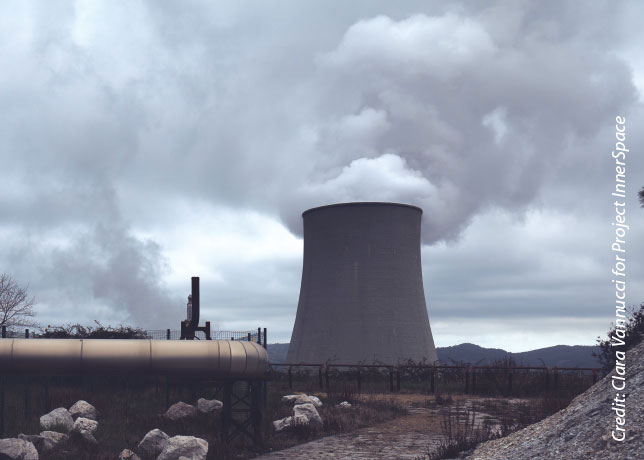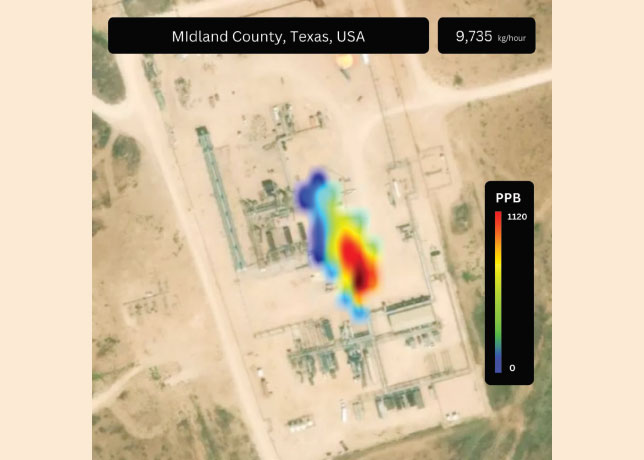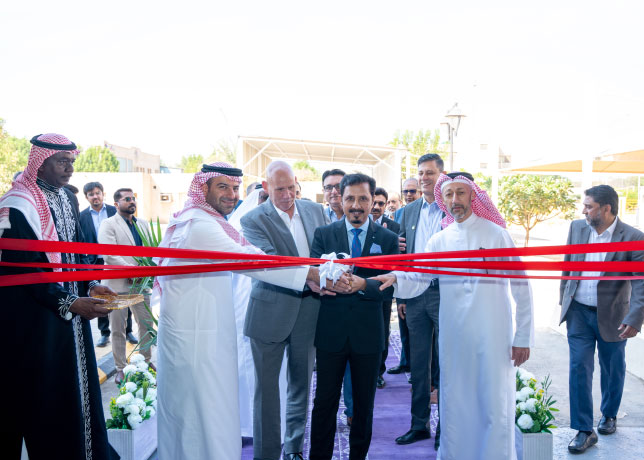
 The closing plenary at COP29
The closing plenary at COP29
COP29 makes strides on carbon markets, transparency, and adaptation, though climate funding, the centrepiece of agreements that deliver progress across all climate pillars, remains a major hurdle
The 29th United Nations Climate Change Conference (COP29), held in Baku, Azerbaijan, concluded with significant advancements despite challenges in securing desired climate funding.
While the outcome was not perfect, the complexity of the negotiations was evident, with no country achieving all of its objectives. The conference highlighted the difficult balancing act of addressing the diverse needs and priorities of nations, leaving a considerable amount of work to be done as global efforts to tackle climate change continue to unfold.
Hosted from November 11 to 22, 2024, and presided over by Azerbaijan's Minister of Ecology and Natural Resources, Mukhtar Bahadur Babayev, COP29 brought together world leaders, civil society, businesses, and various stakeholders to address pressing climate issues, achieving milestones on carbon markets, transparency, gender equality, and youth involvement.
Although climate finance remained a key point of contention, the conference made notable strides in other areas.
Simon Stiell, Executive Secretary of the UNFCCC, acknowledged that while the outcome was not perfect, the progress made was substantial.
"No country got everything they wanted, and we leave Baku with a mountain of work still to do," he said, underscoring the complexity of the negotiations.
One of the conference's most significant achievements was the establishment of the Baku Finance Goal (BFG), a new framework committing developed countries to mobilise $1.3 trillion annually in climate finance for developing nations.
This includes a target of at least $300 billion per year by 2035. While this was a step forward, developing nations continue to push for further commitments and timely financial assistance.
• Progress on carbon markets: COP29 marked the end of a decade-long negotiation on carbon markets, particularly under Article 6 of the Paris Agreement.
This breakthrough ensures that country-to-country trading (Article 6.2) and carbon credit mechanisms (Article 6.4) are now operational, opening the door to the possibility of financial flows from compliant carbon markets reaching $1 trillion annually by 2050.
This development is crucial for driving global emission reductions and ensuring that carbon trading mechanisms contribute meaningfully to climate goals.
• Transparency and reporting gains: Transparency was another key area of progress at COP29, as several countries took steps to improve climate reporting. Thirteen Parties, including Andorra, Azerbaijan, the European Union, and Japan, submitted their Biennial Transparency Reports (BTRs), which are vital for building a stronger evidence base for climate policies. These reports will help track progress and highlight financing needs, fostering greater accountability in climate action.
• Loss and Damage Fund: One of the most anticipated developments at COP29 was the operationalisation of the Loss and Damage Fund. This fund, first agreed upon at COP27, aims to provide financial assistance to countries most affected by climate change, such as small island states and African nations. With over $730 million pledged to date, the fund is set to begin financing projects in 2025, marking a significant milestone in addressing the inequities caused by climate impacts.
• Focus on adaptation and vulnerable nations: Adaptation efforts took centrestage at COP29, especially regarding Least Developed Countries (LDCs). A new support programme for National Adaptation Plans (NAPs) was announced, reflecting the urgency of adapting to the impacts of climate change.
The High-Level Dialogue on NAPs, which involved ministers from LDCs, small island developing states, and international donors, emphasised innovative financing and technical support to expedite adaptation efforts. The Baku Adaptation Road Map and the launch of the UAE Framework further reinforced the global commitment to adaptation.
The conference also addressed the growing need for transformational adaptation to ensure that vulnerable communities can effectively respond to climate impacts.
• Inclusion of indigenous and local communities: COP29 also took significant steps to elevate the voices of Indigenous Peoples and local communities in climate action. The adoption of the Baku Workplan and the renewal of the Local Communities and Indigenous Peoples Platform (LCIPP) mandate underscored the critical role these groups play in addressing the climate crisis. The decision further highlighted the need for inclusive climate strategies that empower local leadership in sustainable practices.
• Gender equality and youth involvement: Gender and youth issues were high on the agenda at COP29. A key decision was made to extend the Lima Work Programme on Gender and Climate Change for another ten years, advancing gender mainstreaming and ensuring that gender equality remains a central pillar of climate action. Furthermore, a new gender action plan will be developed for adoption at COP30.
The conference also saw the active participation of youth and children, with more than 55,000 attendees, including young climate activists. For the first time, dedicated spaces were created for children in the Youth-led Climate Forum. The youngest participant, just ten years old, took on a significant role as a speaker, underscoring the importance of intergenerational collaboration in the fight against climate change.
LOOKING AHEAD
While COP29 achieved significant progress on several fronts, the journey towards comprehensive climate action continues. The conference’s successes in carbon markets, transparency, gender equality, and adaptation provide a solid foundation for future negotiations. However, much work remains to be done, particularly in securing the necessary climate finance and ensuring that vulnerable communities receive the support they urgently need.
As world leaders return to their respective nations, the outcomes of COP29 will continue to shape the global climate agenda, with the next opportunity for nations to further their commitments coming at COP30.
By Abdulaziz Khattak





















































































